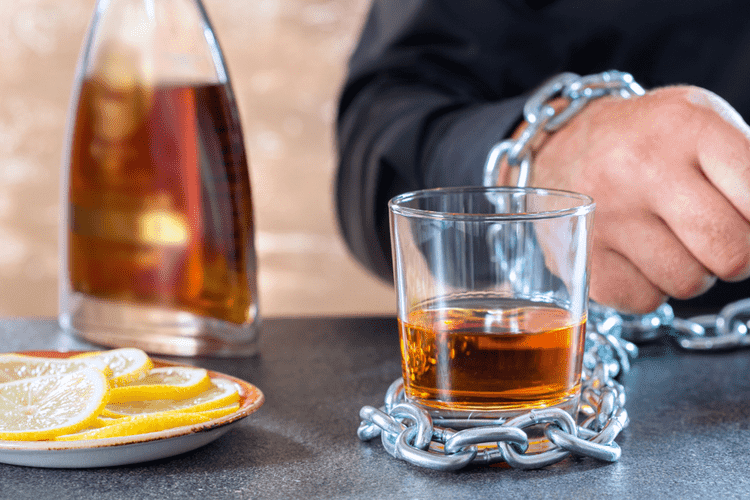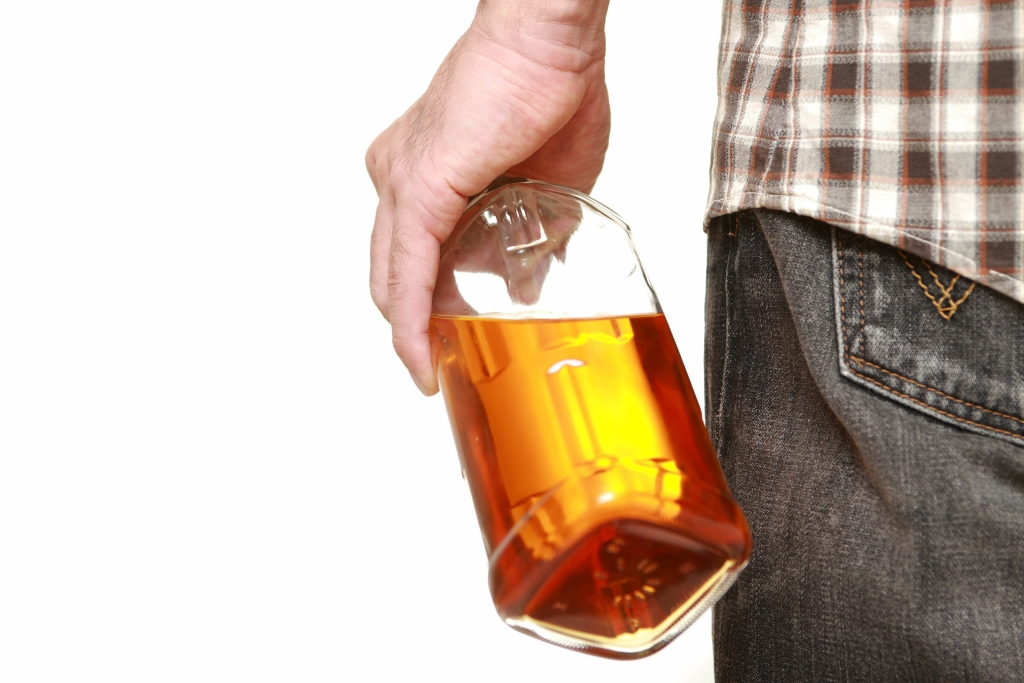You might leave the theater feeling frustrated, uncomfortable, and disappointed in yourself—but you shouldn’t. Relapses occur more often than you might think,6 and they’re a common part of the addiction cycle. They typically have a trigger related to your environment and/or emotional state. You can become dependent on the substance to function without discomfort or unhappiness3, especially as your brain learns to make less dopamine and simply wait for more to come from the substance.
Perfectionism and Anxiety: Signs and How to Break the Cycle
This stage of addiction is roughly defined as using drugs or alcohol consistently in a predictable pattern, or under the same set of circumstances every time. For instance, regular use is when you start consuming a six-pack of beer every night, or make plans to smoke marijuana every weekend. In this stage, individuals become preoccupied with thoughts of obtaining the addictive substance or engaging in the addictive behaviour. Cravings and obsessive thinking about https://ecosoberhouse.com/ the substance or behaviour become common. This preoccupation can lead to impulsive and compulsive behaviours aimed at satisfying the cravings, often overriding rational decision-making and consideration of the negative consequences.
Welcome to Mainspring Recovery, The #1 Rehab Center in Virginia
The loss of control can lead to behaviors that seem irrational, resulting in further negative outcomes. Ultimately, the consequences perpetuate the cycle, cementing the addictive behavior as those affected often experience guilt or shame but feel helpless to stop. Some drug users may have a need for the medication they are addicted to, but not in the quantity that substance abusers take it.
- (9) Instead of quitting on their own, it’s important to understand how far substance abuse treatment programs have come.
- This initial euphoria is what hooks many people, leading them down the treacherous path of addiction.
- During sessions, families can address conflict with the guidance of a professional therapist.
- Addiction treatment is the last stage of addiction, but only for those who decide to get help.
The Neurobiological Mechanisms Underpinning Addiction
- Outpatient counseling, peer support groups and community organizations that connect individuals to community resources can help people stay on the path to recovery.
- A person’s environment includes various influences, such as family, friends, and economic status.
- Relapse can happen at any stage of recovery, and a person’s support network and ongoing treatment are essential to maintain the goal of long-term sobriety.
- During detox, the drug dependence can be so strong that the individual experiences painful withdrawal symptoms.
- With the help of your friends, family, and addiction treatment center, recovery is within reach.
Changes in the chemical receptors in the brain’s reward center can lead to a condition where casual or regular use no longer satisfies. Frequent and controlled use changes to chronic misuse and interferes with their daily routines, such as work, caring for children or going to school. Anti-inflammatory medications have shown potential in choose the correct cycle of addiction addiction treatment. Chronic substance use can lead to neuroinflammation that contributes to maintaining addictive behaviors. The negative emotionality domain correlates with the withdrawal/negative affect stage experienced by individuals with addictive disorders. Symptoms in this domain are helped by medications targeting neurotransmitters imbalanced in withdrawal states, such as benzodiazepines.
If you are ready to end your cycle with addiction

These symptoms vary depending on the drug but can include anxiety, irritability, nausea, depression, and physical pain. Withdrawal occurs because the brain, after becoming reliant on the drug for dopamine production, struggles to function normally without it. This means that over time, users need to consume higher amounts of the drug to feel its effects, further reinforcing the cycle of addiction. The more the brain adapts, the more drugs are needed, leading to even more profound changes in brain chemistry. Over time, the brain begins to rely on the substance to produce dopamine, making it difficult to experience pleasure from natural sources, such as eating, socializing, or exercising. This reliance on a drug for dopamine rewards is one of the key drivers in the cycle of addiction.
Experimenting with harmful substances may occur during social gatherings, such as parties. In summary, the ANA enhances our understanding of addiction as a brain disorder that comprises a complex interplay of neurobiological and psychological factors. The executive function domain encompasses a spectrum of cognitive processes related to the organization of behavior in pursuit of alcoholism symptoms future objectives. The ANA focuses on subdomains of executive function that are particularly relevant to addiction.

Outpatient programs provide a comprehensive approach to treatment, including individual therapy, alternative treatments such as craniosacral therapy, group sessions, and, in some cases, medical assistance. This multi-faceted approach helps address not just the physical aspects of addiction, but also the psychological triggers that contribute to substance abuse, offering a holistic path to recovery. Three of the most common relapse prevention strategies have included therapy and skill development, medications, and monitoring. (9) Instead of quitting on their own, it’s important to understand how far substance abuse treatment programs have come.
It allows individuals to visualize a life without addiction and consider the steps necessary for change. Each stage requires careful consideration and commitment to overcoming substance use. Cravings can develop, pushing the individual towards more reckless behaviors, resulting in harmful consequences that affect personal, professional, and social aspects of life. Substance abuse refers to the harmful or hazardous use of psychoactive substances, including alcohol and illicit drugs. This behavior can lead to significant health issues and impair daily functioning. According to the National Center for Drug Abuse Statistics, 20.4% of Americans meet the criteria for an alcohol use disorder.
Open discussions on addiction, especially with children, can teach the realities of substance use. When people know more about it, they can make informed decisions about their use. It’s often triggered by something, like the environment you live in, stressors, and mental health conditions.
Building a Supportive Environment
- While it is possible to engage with a drug without becoming addicted to it, it is a different process for every single person and there is no single way to guarantee you can use a drug without becoming addicted.
- Addiction is a chronic disease for which there is no “cure,” so there is no firm timeline on how long addiction lasts.
- This Notice will also describe your rights and certain obligations we have regarding the use and disclosure of your medical information.
- Prolonged substance use can lead to alterations in neurotransmitter levels, impacting mood, motivation, and decision-making processes.
People who are addicted to painkillers are known to take pain pills even if they don’t suffer from any pain, or from the level of pain that requires taking pain pills. This is why there is an existing argument that dependence on medication immediately means an addiction, and this is also why the dependence stage is separate from the addiction stage in the addiction cycle. The tolerance stage is where things actually start becoming dangerous, because it is progressive, and not in a good way. Increasing the dosage of whatever substance is being taken might work for a while, but given enough time, tolerance will again kick in, and an even higher dosage is needed. This practically ensures that the person does not only sink deeper into substance abuse, but they are also digging deeper into addiction by creating dependence on the substance. The complexity of substance use disorders is such that even today, medical professionals are still trying to isolate the true reason why people suffer from them.
Addiction is a multifaceted brain disorder, intertwining various biological, psychological, and social elements. Understanding its complex dynamics involves delving into the cycle of addiction and the path of recovery. The journey from initial substance use to recovery comprises various stages, each presenting specific challenges and insights.
Social Links
The fear of experiencing these negative feelings can drive the individual to continue using the substance or engaging in the behaviour, even when they are aware of its negative consequences. These alterations lead to a cycle of cravings, increased tolerance, and withdrawal symptoms, complicating the recovery process. The chronic nature of addiction is mirrored in its high relapse rates, which range from 40% to 60%, similar to other chronic diseases. Thus, understanding addiction as a multifaceted brain disease can inform effective treatment strategies that address both neurological and psychological aspects. At Rize OC, we recognize addiction as a medical condition requiring comprehensive, professional treatment. Our evidence-based programs address drug use disorder, alcohol dependence, and co-occurring mental health disorders.
